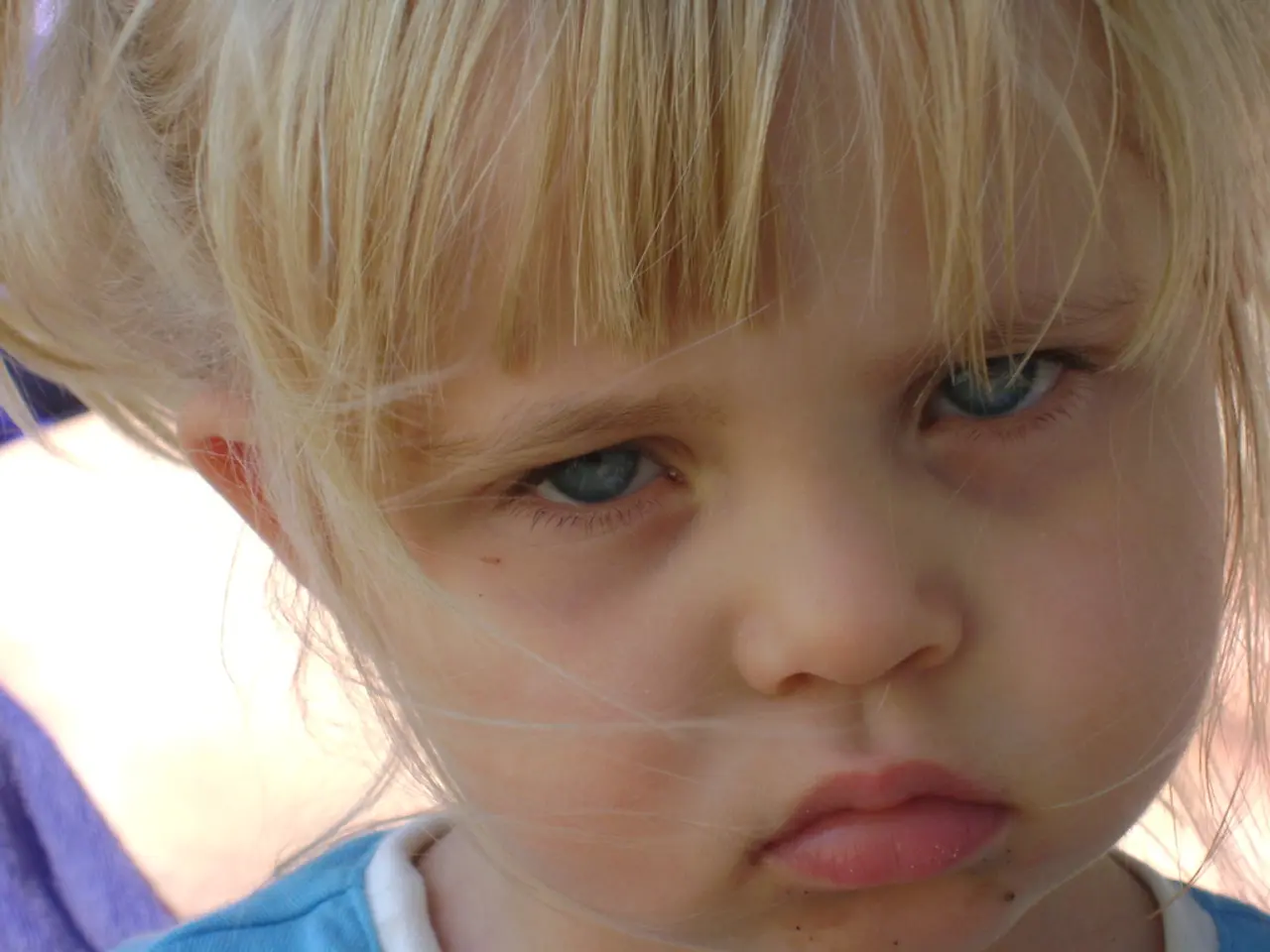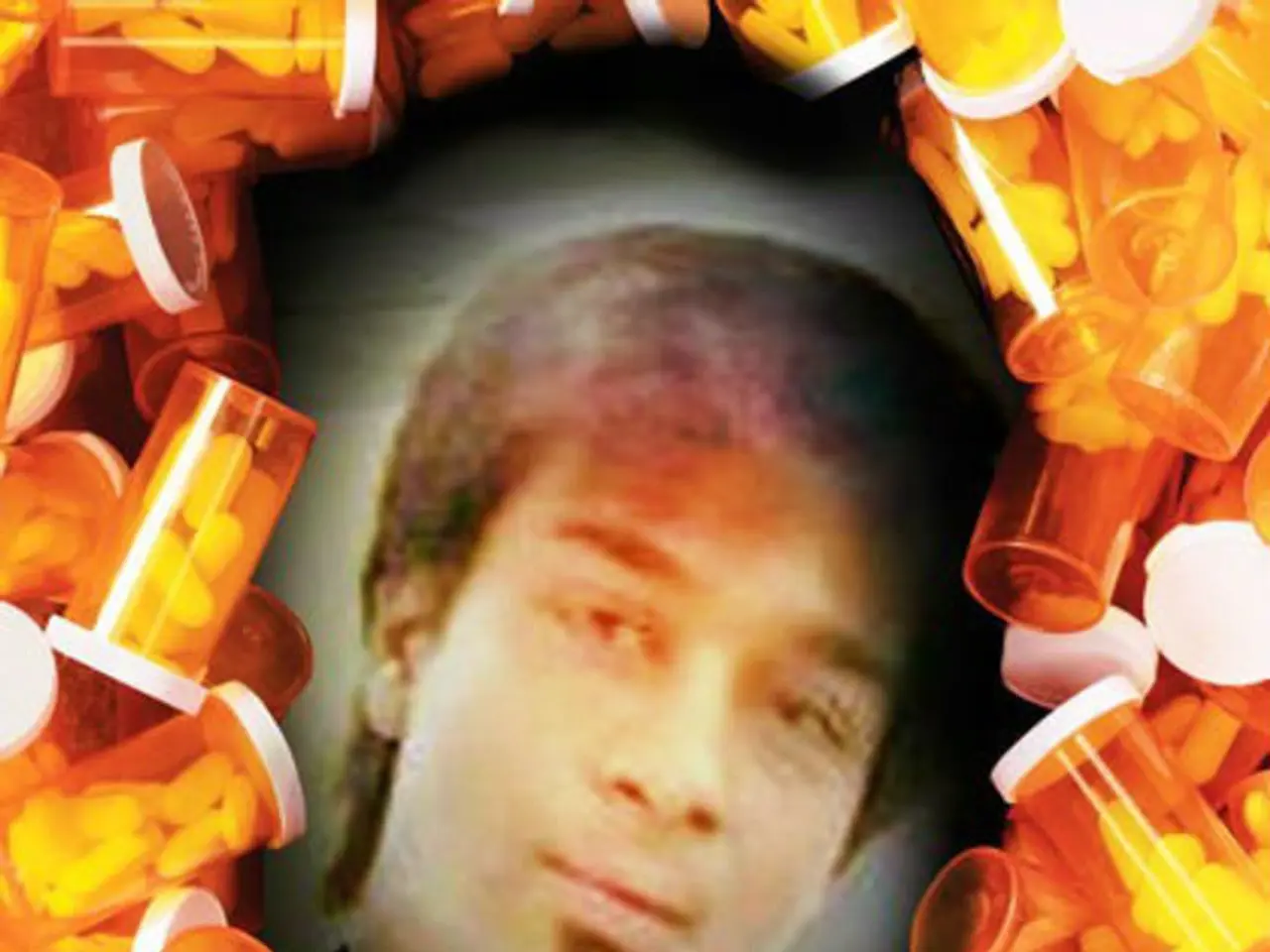Emotions of sorrow and optimism entwined
In the realm of thought-provoking television, a new show is set to air this week, presented by Anne. Although the specifics of Anne's role in the show are not yet clear, she expresses hope that it will stimulate thinking and personally affect its audience.
The show's focus is on near-death experiences (NDEs), a subject that has long captured the public's imagination. Accounts of inexplicable phenomena experienced by individuals who were close to or technically dead have been seen as proof of our spiritual imagination.
The subject of NDEs was brought to widespread public attention by the book "Life after Life" by Raymond Moody, which detailed purportedly reputable studies of hundreds of cases of people who experienced "clinical death" and were revived. Since then, the mystery of what happens after death has remained unresolved.
Modern medicine, with its advancements in resuscitation science, is extending the border between life and death. Recent scientific research on NDEs has not yielded major widely publicized breakthroughs between 2020 and mid-2025. However, the understanding of NDEs has come from neuroscience, critical care, and psychology studies that explore brain activity, consciousness, and psychological effects around cardiac arrest or trauma-related events.
Key insights in this period include research into brain activity patterns during cardiac arrest, suggesting that some brain functions can transiently persist or briefly reactivate during periods traditionally considered clinical death. This offers potential neurobiological bases for NDE phenomena, although no definitive mechanistic explanation has yet been universally established.
Advances in post-cardiac arrest care and baseline life support protocols have indirectly impacted NDE studies by improving survival rates and enabling more rigorous observation and investigation of patient experiences immediately following resuscitation. Psychology and neuroscience studies have increasingly focused on the molecular and neural circuits involved in consciousness, memory, and perception, which are relevant to understanding the subjective features of NDEs.
However, the debate continues about differentiating physiological, psychological, and potentially transcendental interpretations of NDEs. Leading neurology and psychology journals have published investigations into related phenomena such as prodromal symptoms in neurological events and brain metabolism, which may inform NDE understanding indirectly.
As we continue to explore the mysteries of NDEs, it is important to remember that this is a multidisciplinary research area integrating resuscitation science, neurobiology, and subjective experience studies. For the absolute latest published experimental or clinical findings on NDEs, consulting specialized journals in neurology, trauma care, and consciousness research or dedicated NDE research centers would be advisable.
Anne, in expressing her gratitude to the listeners, hopes that the show will not only captivate its audience but also stimulate thoughtful discussions about the border between life and death and the nature of our passage from one to the other.
The new show presented by Anne, with its focus on near-death experiences, aims to bridge the gap between science and health-and-wellness, particularly mental-health discussions, as it delves into the complexities of NDEs. As Anne expresses her hope for stimulating thoughtful discussions, she emphasizes the importance of exploring how near-death experiences may impact one's mental health and our understanding of life and death.




